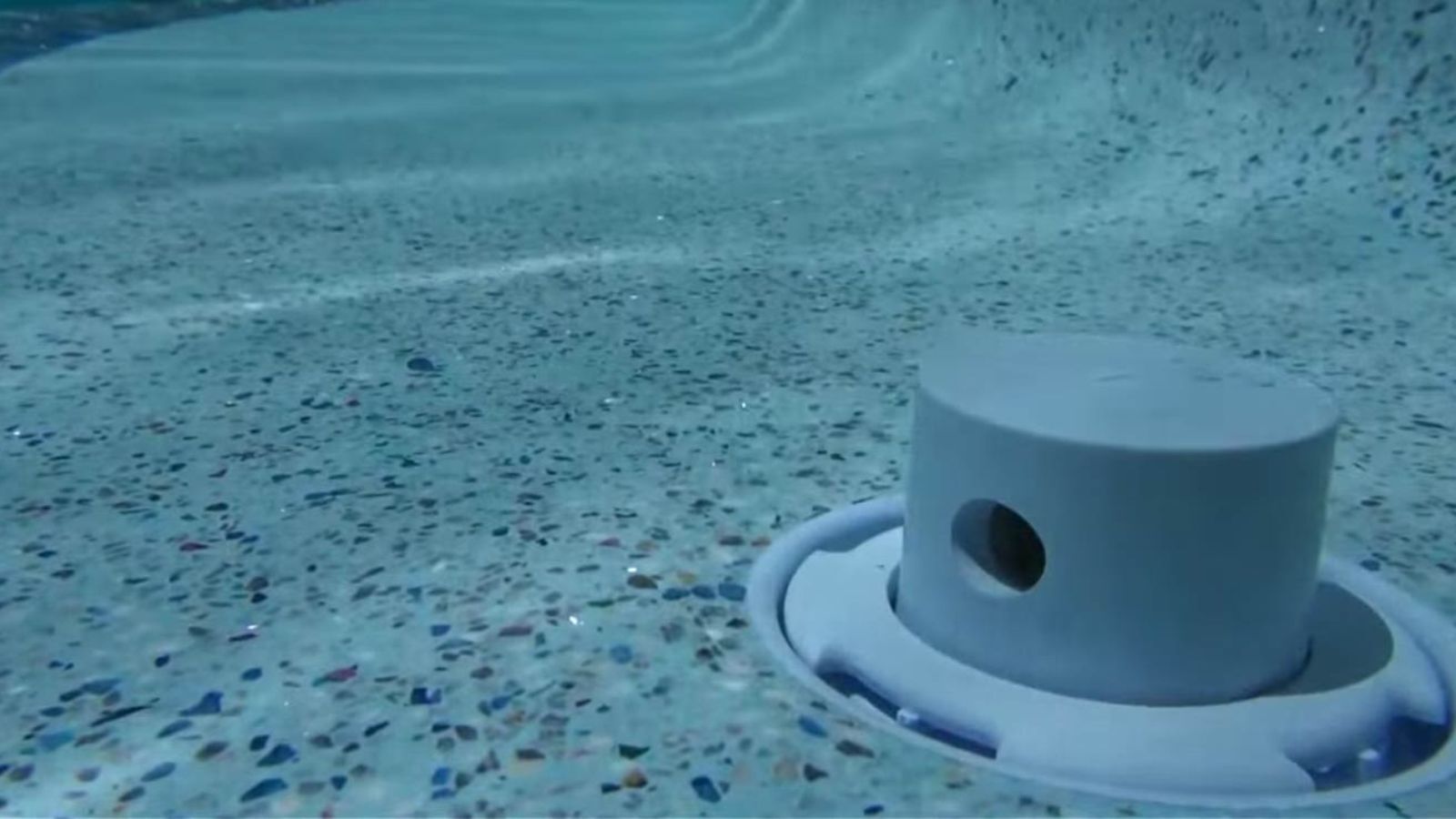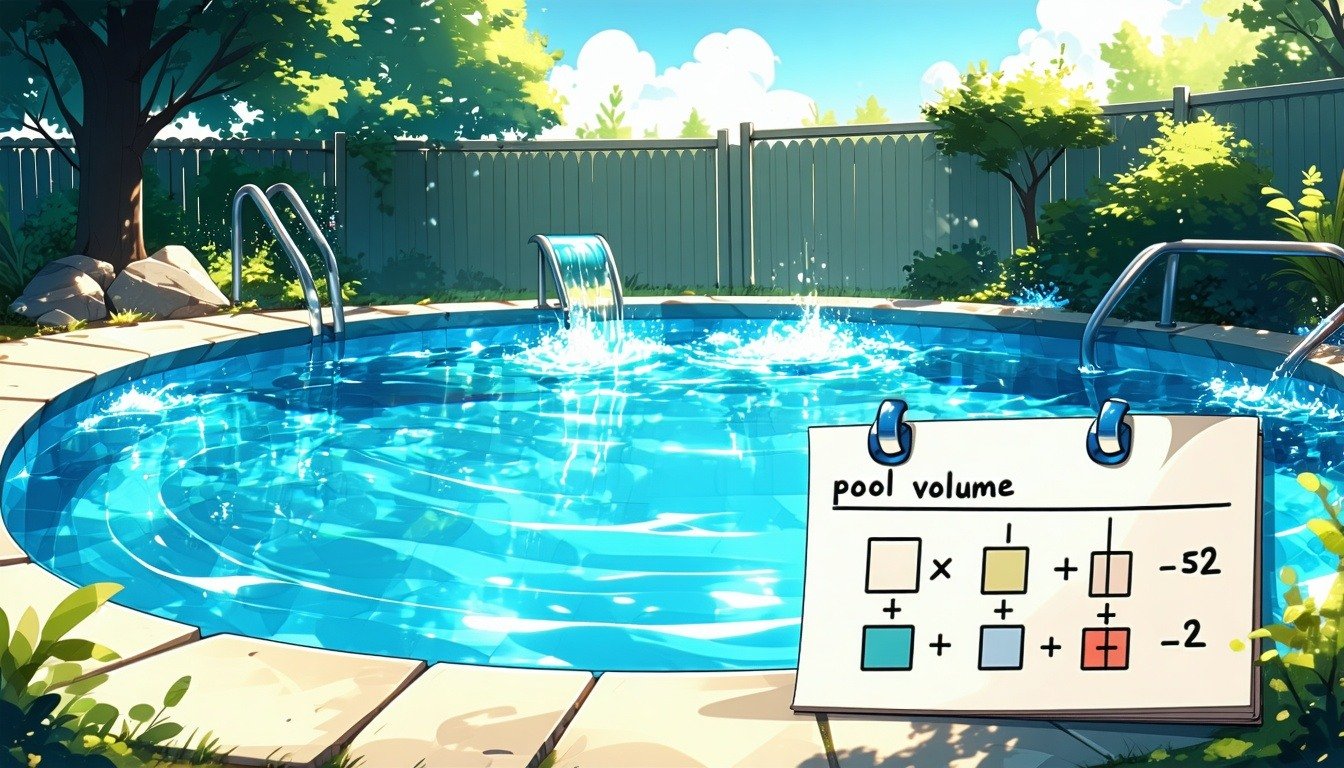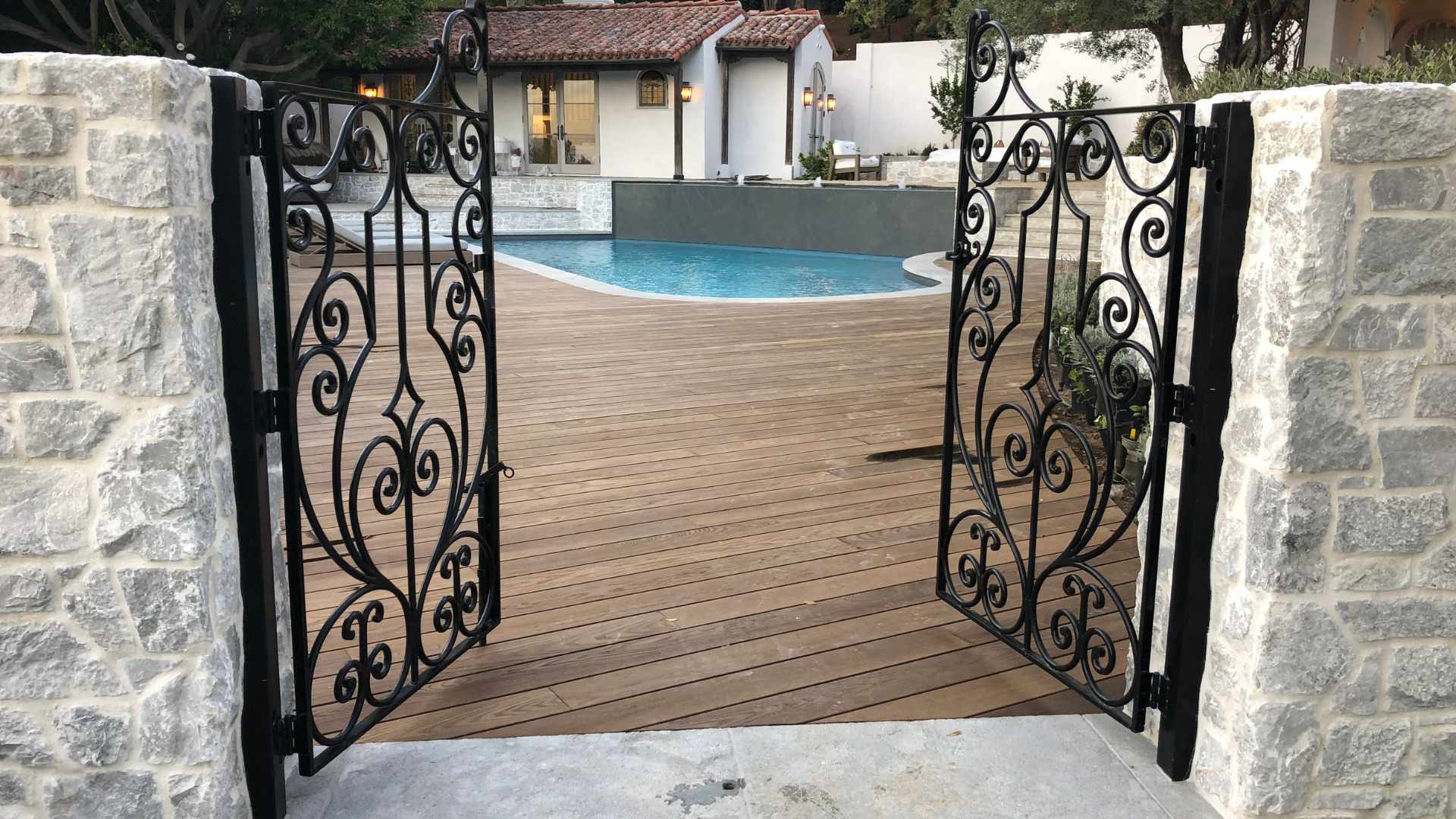How to Cut Pool Chemical Costs with Accurate Volume & Pump Run Time
The Secret Is Knowing Your Pool’s Volume Save money on pool chemicals while keeping your water clean and clear all year.Absolutely, and it starts...

A Cleaner Pool, More Time With Your Family
Have you ever looked at your pool after just a few days of wind and pollen, only to see leaves stuck to the steps, pollen floating on the surface, and stains beginning to form on the floor? Left unchecked, organic materials like pine needles and pollen can permanently discolor or damage your pool plaster.
The problem? Most pool owners don’t have the time to vacuum and maintain their pool every day.
Instead of spending your weekends skimming, vacuuming, and managing chemical balance, you could be relaxing with your family and swimming with your kids. That’s why more homeowners are turning to intelligent in-floor pool cleaning systems—automated, low-profile systems that keep your pool clean 24/7 without hoses, robots, or manual labor.
Let’s break down what they are, how they work, and why they might just be the smartest investment you can make for your pool.

An in-floor pool cleaning system is a built-in, automatic cleaning solution that uses retractable pop-up heads and high-powered water jets to clean the floor, steps, and benches of your pool.
These systems:
Sweep debris toward main drains using timed, 360° rotating jets
Circulate water and chemicals from the bottom up for optimal distribution
Help eliminate dead zones, algae, and staining from neglected debris
Operate silently and automatically—so you don’t have to think about it
They’re custom-designed for each pool and integrated during construction or remodeling.

Here’s a simplified overview of how the system functions:
1. Pop-Up Cleaning Heads
2. Water Jet Operation
 Combine pump pressure and venturi effect for stronger spray
Combine pump pressure and venturi effect for stronger spray3. Automated Cleaning Cycles
4. Debris Collection & Drainage
5. Smart Controls
| Component | Function |
|---|---|
| Pop-Up Cleaning Heads | Sweep debris toward the drain using high-pressure jets |
| Venturi Jet Technology | Enhances water pressure and coverage without extra energy consumption |
| AVSC or PDR2 Drain | Efficient debris removal with increased flow |
| Debris Canister | Captures larger debris before it enters the filtration system |
| WAVE Valve | Automates zone flow with built-in speed control and self-cleaning design |
| QuickCirc System (Optional) | Boosts circulation, reduces cold spots, and improves chemical distribution |
| Control Timer/Automation | Schedules cleaning cycles, reducing manual operation |

- Even circulation = fewer chemicals and better water quality
- No manual vacuuming or robotic cleaners needed
- No hoses, cords, or clunky equipment to store or manage
- Cleaner steps, benches, and other hard-to-reach areas
- Helps prevent algae and staining from organic debris
- Low-profile heads match pool finish and stay hidden
- Pop-up nozzles often come with lifetime warranties
- Reduced wear on plaster by eliminating chemical pooling
- Improves heating efficiency and reduces cold pockets
- Upfront cost: $10,000–$15,000 on average for medium pools
- Must be installed during construction or major remodel
- Requires expert design for hydraulic flow and layout
- May be less effective with large leaves or heavy organic debris
- Repairs can require digging or specialty service (though rare)

“We’ve had ours for 3 years—absolutely worth the money. We’ve never vacuumed since.”
“It’s made a big difference in water clarity and heating efficiency. No more cold spots.”
“Yes, the cost was high. But after 2 years, we’ve saved on chemicals and labor. Worth it.”
How long should it run?
Typically 6–12 hours per day, depending on pump size, pool volume, and desired cleanliness.
Where does the debris go?
Debris is pushed to the main channel drains or into debris canisters for easy removal.
Why choose this over robotic or suction cleaners?
Robots and suction vacuums don’t clean steps and benches well. They need regular maintenance and typically last only 5 years. In-floor systems are custom to your pool and come with long-term warranties.
Can it be retrofitted to an existing pool?
Some systems like the G4V heads and QuikCirc jets can be retrofitted—but a full in-floor setup is best included during construction or major renovations.
What should I look for in a system?
Choose a system backed by a reputable manufacturer (like Pentair or Paramount), with solid design, strong warranties, and expert installation support.
Pro Tip:
- Pop-up heads come in various colors to match your plaster, making them virtually invisible
- Better circulation means fewer chemicals settle on the floor, preventing surface damage
- Systems work great with ozone, UV, or plasma sanitation systems
- Avoid having to replaster ($ 15 K+ expense) from chemical burns by using even mixing

After your pool layout is finalized (including steps, benches, baja shelves, etc.), your builder sends the design to the manufacturer. There, engineers run a virtual hydraulic simulation to:
Map head and drain placement
Determine ideal pipe sizing and flow
Ensure even coverage across all surfaces
You’ll get a component list and material estimate. Installation typically costs $10K–15K for medium pools, depending on layout complexity.
Let’s do the math.
- Robotic cleaner: ~$1,000–1,500, replaced every 5 years
- Manual vacuuming: 2–3 hrs/week = ~100+ hrs/year
- Chemical overuse + plaster repair = potentially $15,000+ in damage
In most cases, the system pays for itself within a few years, and you also get more time with your family.
Want One? Here’s What to Do Next. Since 2008, J Designs has been helping homeowners plan smarter, cleaner, lower-maintenance pools.
If you’re building or remodeling a pool, ask your designer about incorporating an in-floor cleaning system. Our team will collaborate with the manufacturer to ensure a proper hydraulic design, secure materials sourcing, and expert installation.
Because a pool should be something you enjoy, not something you constantly have to clean.

The Secret Is Knowing Your Pool’s Volume Save money on pool chemicals while keeping your water clean and clear all year.Absolutely, and it starts...

Looking for ways to make your water workouts more exciting and effective?Not sure which gear is best for your age, fitness level, or aquatic goal?In...

Trying to choose the right decking material for your pool area and feeling stuck between natural wood and composite?